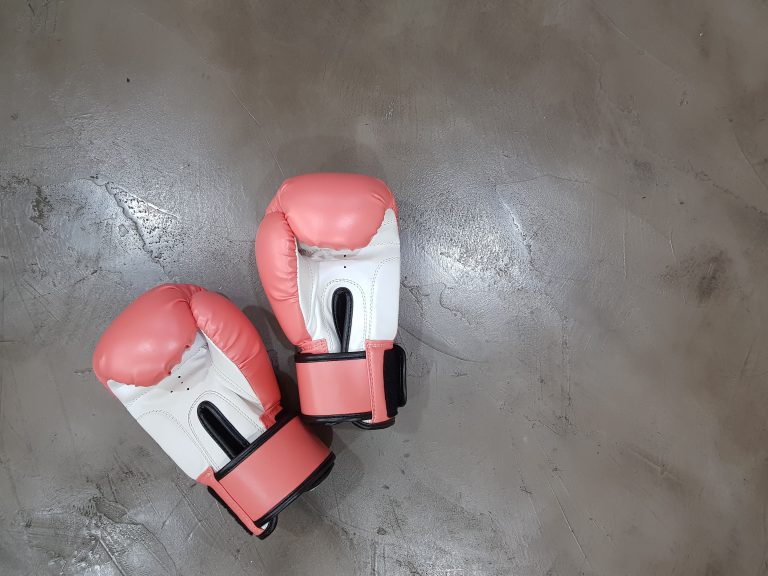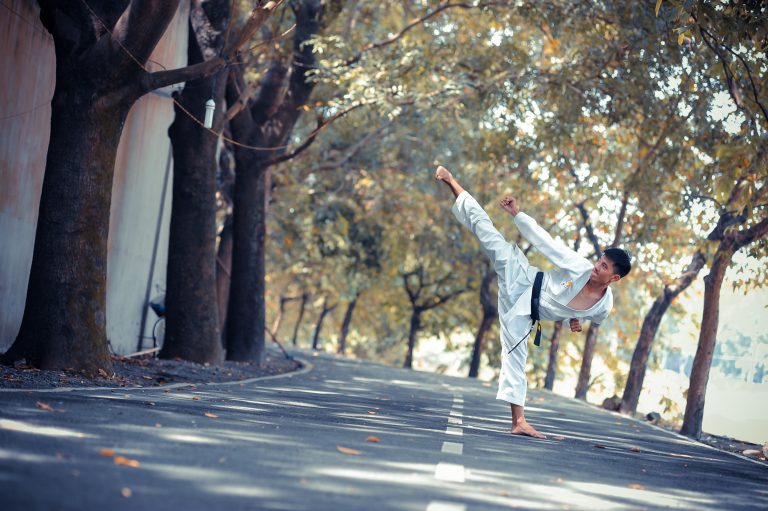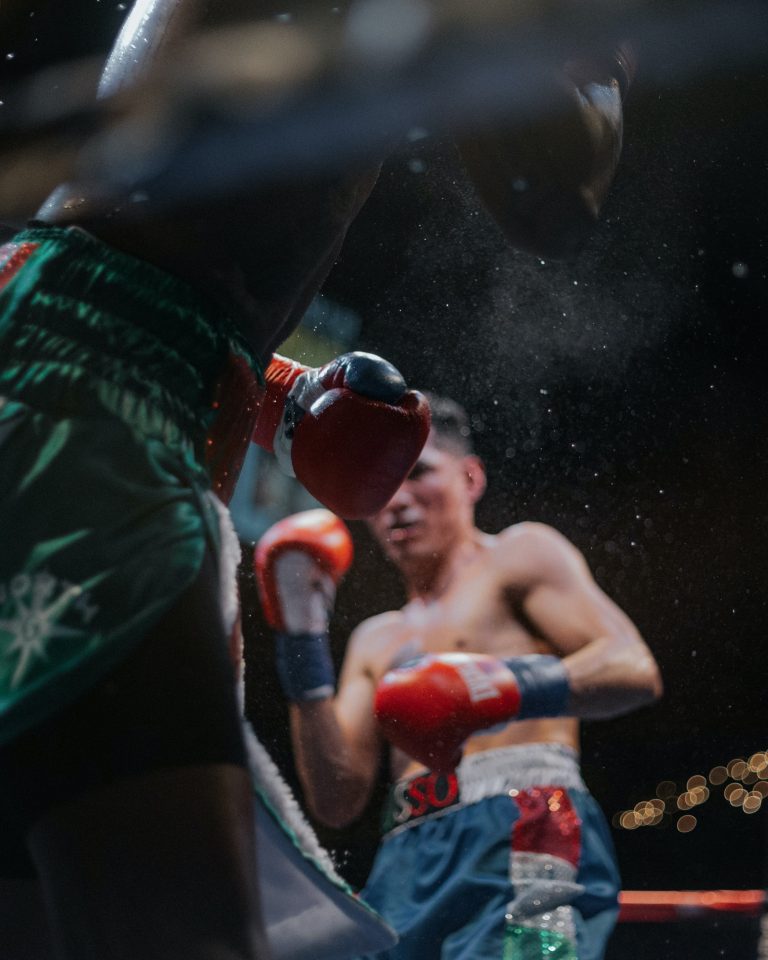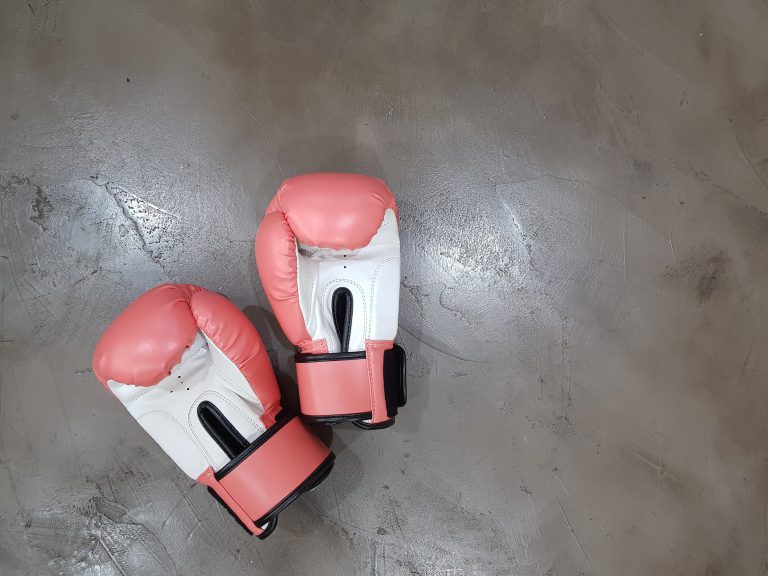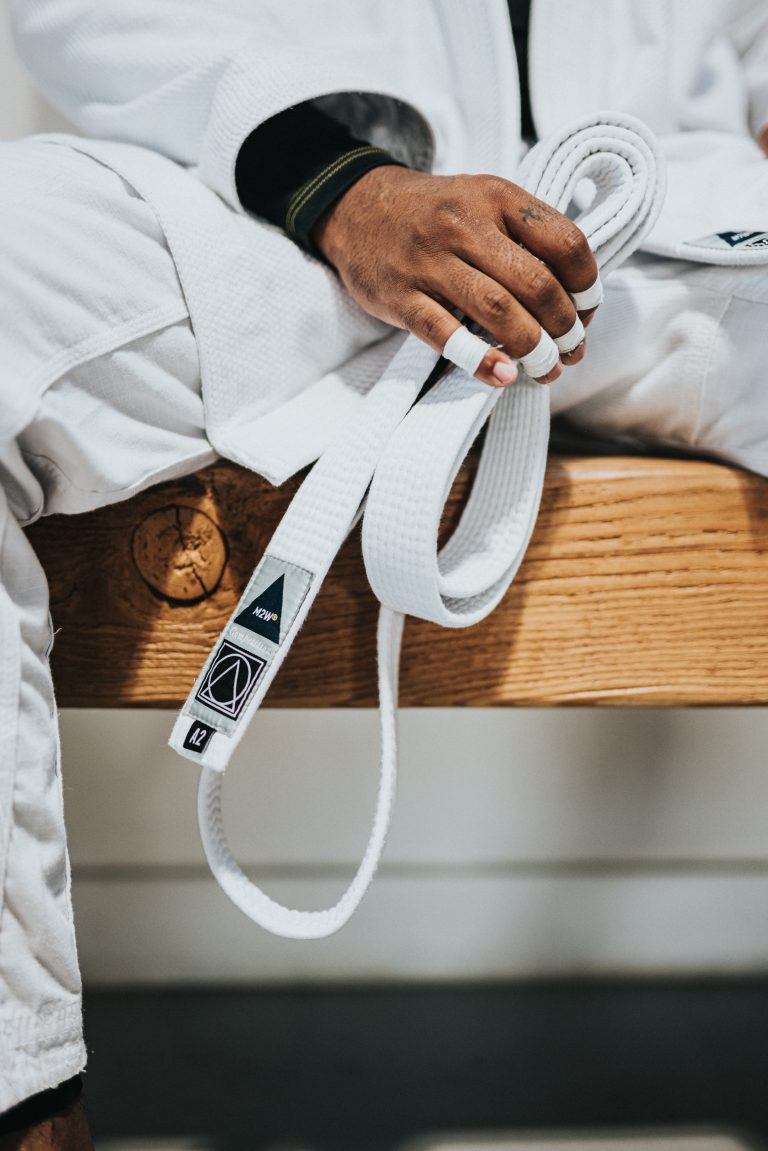Kata: An Overview and Comprehensive Guide to Learn Karate Forms
Karate can be a very exciting and empowering martial art to learn. It’s a form of self-defense that combines elements of striking, grappling, and throws, as well as other techniques. One of the most important parts of karate training is learning kata – the prearranged forms and movements that are the paths to mastery of the art. In this blog post, we’ll give an overview of kata, how to learn kata, and their importance in karate training.
What is Kata?
Kata is a set of predetermined forms and movements that are used to represent different stances, strikes, throws, joint locks, and other self-defense techniques. Practitioners use kata to learn the principles and movements that are necessary for successful karate.
Kata includes a sequence of movements that generally imitate a combat situation. The practitioner follows the sequence while imagining an attack and defending against it. This is similar to shadow boxing in boxing or basic sparring drills in other martial arts.
Many kata have varied meanings and can represent different techniques depending on the style of karate being practiced. For example, one karate school may interpret kata differently than another school.
Why is Kata Important?
Kata is an important part of karate training for a few reasons. First, kata helps practitioners work on their physical fitness and flexibility. As practitioners move through a kata, they work their entire body and build their strength and mobility.
Second, kata helps practitioners understand the principles behind karate technique. As practitioners perform a kata, they learn how to adjust their movements in response to an attack. This helps them understand how to improve their technique and react quickly to a situation.
Third, kata helps practitioners develop a connection between mind and body. It allows practitioners to use their mental focus to move their body quickly and effectively. This connection is essential when preparing for a fight or self-defense situation.
Lastly, kata helps practitioners understand the spiritual power of karate. Kata encourages practitioners to perform the precise techniques with focus and respect for the martial art traditions. It’s an opportunity to practice with humility, grace, and integrity.
How to Learn Kata
Learning kata is a process that involves understanding the movements and principles behind each form. Here are some tips on how to learn kata:
1. Understand the purpose of each technique.
Each technique in a kata has a purpose and can represent a different type of attack. To get the most out of your training, it’s important to understand what each technique is for and how it relates to other techniques in the form.
2. Watch experienced practitioners perform kata.
It can be helpful to watch experienced practitioners perform the forms to get a better understanding of how it should look. This can help identify areas for improvement in your own practice.
3. Break down each movement.
Break down each movement into its components so you understand what you’re working on. This can help you focus on each individual technique rather than trying to learn the whole form at once.
4. Practice slowly.
Start by practicing slowly and focus on the details of each movement. As you get better, you can begin to speed up your practice. This will help you understand the correct timing for each technique.
5. Repeat and perfect your techniques.
Once you know how all the techniques fit together, repeat and perfect them until they become natural. This helps you become comfortable and confident in your understanding of each kata’s movements.
6. Get feedback from experienced instructors.
Finally, it’s important to get feedback from experienced instructors to make sure you’re on the right track. They can offer advice on areas for improvement and help you identify any deficiencies in your technique.
Conclusion
Kata is an important part of karate training that requires dedication and practice to master. It helps practitioners learn the movements involved in effective self-defense and understand the principles behind them. To get the most out of your training, it’s important to understand the purpose of each technique and break down each movement into its components. Finally, make sure to get feedback from experienced instructors so you stay on track and make sure you’re practicing correctly.
Kata: An Overview and Comprehensive Guide to Learn Karate Forms
Karate is a martial art form that originated in Japan and has been gaining immense popularity across the globe. One of the key elements of Karate is Kata – a series of choreographed movements that simulate combat scenarios. Kata is an integral part of Karate training and is used to develop various physical and mental skills. In this comprehensive guide, we will be discussing everything about Kata, its benefits, how to learn it, and the most frequently asked questions related to it.
What is Kata?
Kata is a Japanese word that means „form“ or „shape“. It is a pre-set series of movements that are performed in a specific sequence. Kata involves techniques such as blocks, kicks, strikes, and punches, and simulate various combat scenarios. It is a solo art form and is performed without an opponent. The purpose of Kata is to develop and practice self-defense techniques, improve overall physical and mental abilities, and to maintain Karate traditions.
What are the Benefits of Practicing Kata?
Practicing Kata offers a range of benefits to individuals of all skill levels, from beginners to advanced practitioners.
Improves Focus and Concentration: Kata requires complete focus and concentration to perform each movement accurately. Practicing Kata helps improve mental discipline and concentration, which can be useful in daily activities.
Develops Balance and Coordination: Kata involves movements that enhance balance, coordination, and flexibility. Practicing these movements regularly can improve body awareness and balance.
Enhances Physical Fitness: Kata is a physically demanding activity that involves a full-body workout. It helps develop strength, endurance, and overall physical fitness.
Improves Confidence and Self-Esteem: Kata practice helps enhance confidence and self-esteem by developing self-defense skills and improving performance over time.
How to Learn Kata?
Kata is taught in most Karate schools around the world. It is typically taught to beginners after they gain some proficiency in basic techniques. The following steps are generally involved in learning Kata:
Step 1: Understanding the Basic Techniques: Before starting to learn a Kata, one should have a clear understanding of basic techniques. Practice and proficiency in techniques such as kicks, blocks, strikes, and punches are essential prerequisites.
Step 2: Choosing a Kata: There are various Katas in Karate, and selecting the right one depends on the student’s skill level and interests. Beginners should start with simpler katas, while advanced practitioners can challenge themselves with more complex ones.
Step 3: Learning the Sequence: Once you have selected a Kata, it’s time to learn the sequence of movements. A qualified Karate instructor can teach the Kata sequence and help you practice each movement accurately.
Step 4: Rehearsal and Practice: In Kata, accuracy is key. Practicing regularly and rehearsing each movement accurately is essential. Repetition is also crucial to perfecting each Kata.
What are the Most Commonly Practiced Katas in Karate?
There are many Katas in Karate, each with its unique sequence of movements. Some of the most commonly practiced Katas include:
Heian Shodan: Heian Shodan is the first Kata learned in Shotokan Karate. It consists of 21 movements and is relatively easy to learn.
Taikyoku Shodan: Taikyoku Shodan is a basic Kata that is performed in many Karate styles. It consists of 20 movements and is considered a beginner’s Kata.
Bassai Dai: Bassai Dai is an advanced Kata that is practiced in Shotokan, Goju-ryu, and Shito-ryu styles of Karate. It consists of 42 movements and is known for its complex techniques.
Conclusion
Kata is an integral part of Karate training and offers numerous benefits to individuals of all skill levels. It is a pre-set series of movements that simulate combat scenarios and help develop physical and mental abilities. Kata requires complete focus, concentration, and accuracy. It is generally taught to beginners after they gain some proficiency in basic techniques, and selecting the right Kata depends on the individual’s skill level and interests. Practicing regularly, rehearsing each movement accurately, and performing each Kata with precision can help improve performance over time.
Inhaltsverzeichnis

